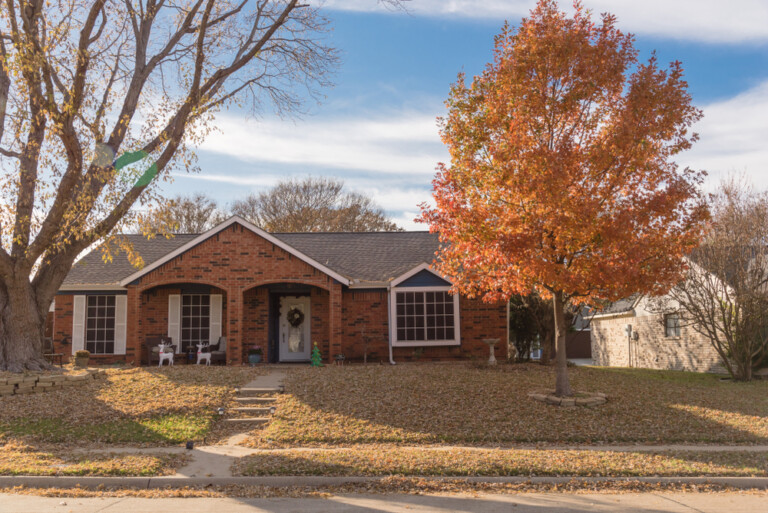Living in Texas means your HVAC system isn’t just a nice-to-have, it is a necessity! Whether you’re sweating down I-35 on a hot summer day or getting ready for an unexpected winter freeze in the hill country, understanding your home’s HVAC system is an important part of being a homeowner in a Texas homeowner. These basics of heating and cooling can help you save stress, time, and money. At Freedom HVAC, we’re happy to explain to give you nuanced definitions of each term as it relates to your system; we are happy to answer your questions.
Here is a quick guide to HVAC terminology every Texas Homeowner should know.
1. HVAC – Heating, Ventilation, and Air Conditioning
Heating, Ventilation, and Air Conditioning.
This acronym covers the full system that heats and cools your home while maintaining indoor air quality. In Texas, where extreme heat and surprise cold snaps are common, your HVAC system is your first line of defense against the weather.
2. SEER Rating – Seasonal Energy Efficiency Ration
The SEER rating tells you how efficiently an air conditioner runs over an entire cooling season. In Texas, where AC units work overtime from April through October, choosing a higher SEER-rated unit can lead to big energy savings. As of 2025, the minimum SEER rating in Texas is 15 SEER, but many homeowners opt for 16 SEER and above for better performance and lower bills.
3. AFUE – Annual Fuel Utilization Efficiency
AFUE measures the efficiency of your furnace. If you’re using gas heat during the winter in cities like Dallas, Austin, or San Antonio, a higher AFUE rating means more heat is generated from the same amount of fuel — saving you money.
4. BTU – British Thermal Unit
This measures how much heat your system can add or remove from your home per hour. Bigger isn’t always better in Texas homes — too many BTUs can short-cycle the system, causing uneven temperatures and higher energy bills.
5. Air Handler
This component moves air throughout your home. It works with your heat pump or AC to distribute conditioned air. Proper airflow is essential in hot Texas summers, especially for two-story homes or open floor plans.
6. Heat Pump
A heat pump provides both heating and cooling. It works by moving heat instead of generating it. These are great options for many Texas climates — particularly in Central and South Texas where winters are mild and gas heat isn’t always necessary.
7. Thermostat
Your thermostat controls your HVAC system. Consider upgrading to a smart thermostat like Ecobee or Nest — they learn your habits, help reduce energy usage, and can be managed from your phone. In Texas, this means better control during sudden heatwaves or surprise cold fronts.
8. Zoning System
Zoning systems divide your home into sections that can be heated or cooled independently. This is ideal for Texas homes with rooms that are hotter than others (think west-facing rooms in summer). Zoning can increase comfort and lower your monthly electric bill.
9. Ductwork
Your ducts are the air highways of your home. Leaky or poorly sealed ducts can waste up to 30% of your HVAC system’s energy — which is a big deal in high-demand Texas homes. Consider a duct inspection or sealing service like Aeroseal for efficiency.
10. Load Calculation
This determines the right-sized HVAC system for your home based on square footage, insulation, windows, and more. Bigger isn’t always better in Texas heat. An oversized system can result in poor humidity control, while an undersized unit will constantly run and spike your bills.
Need A/C Maintenance, Repair, or Replacement in Austin?
At Freedom HVAC


